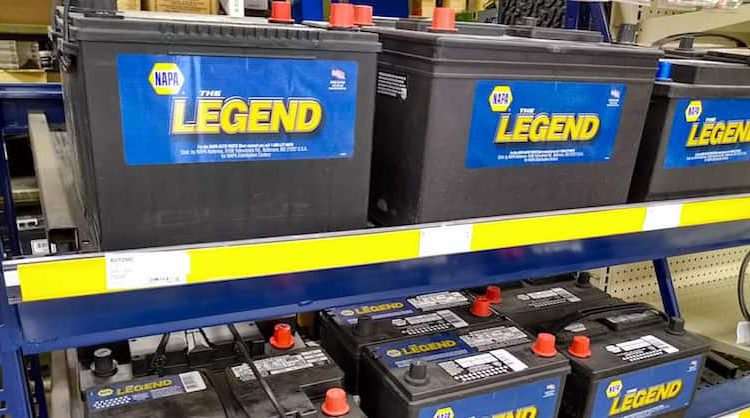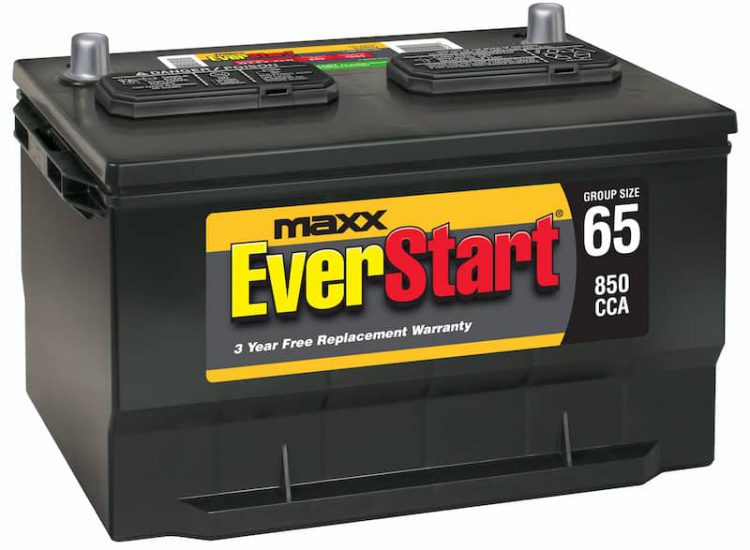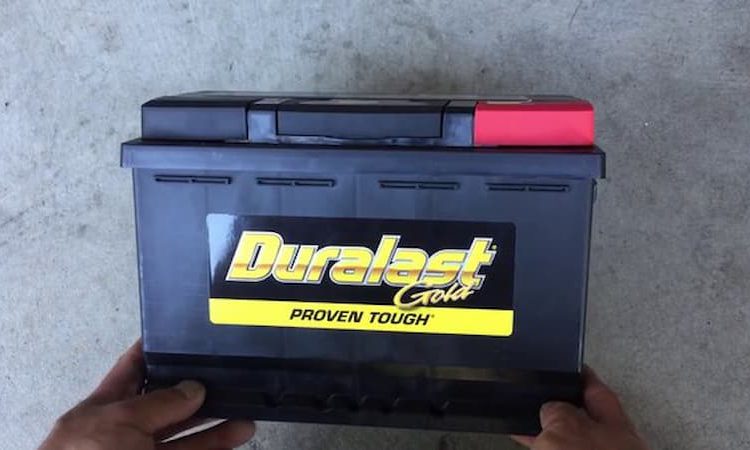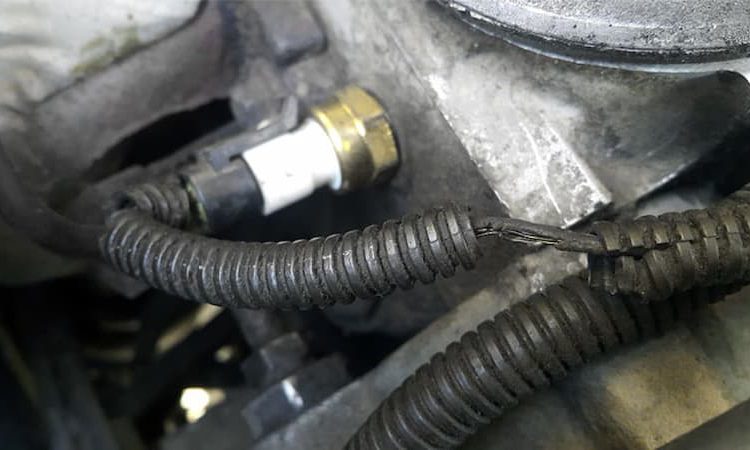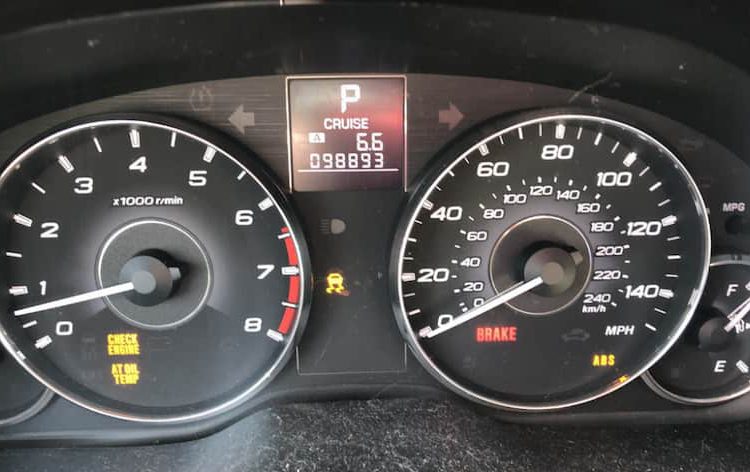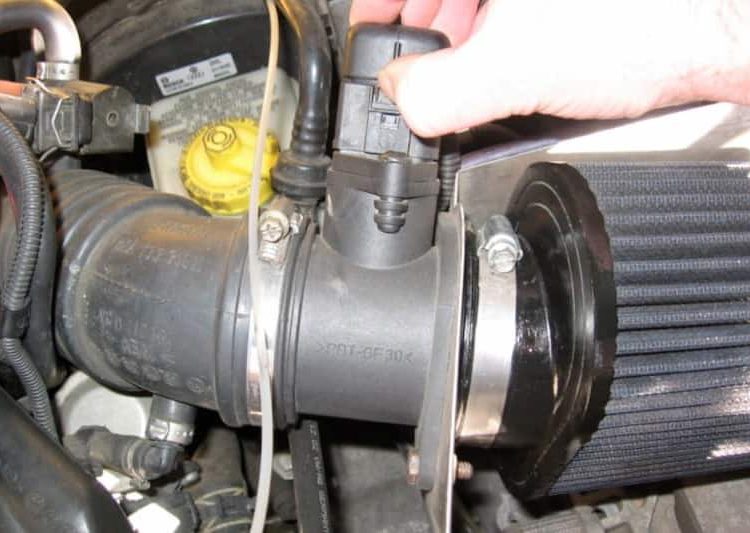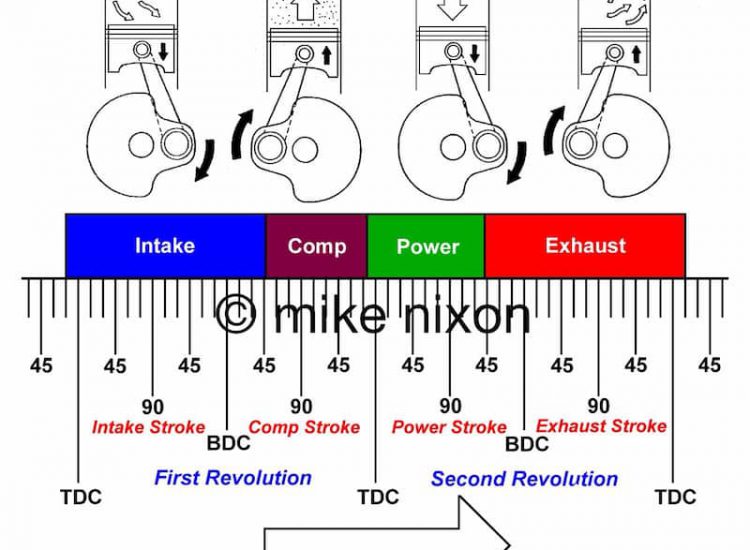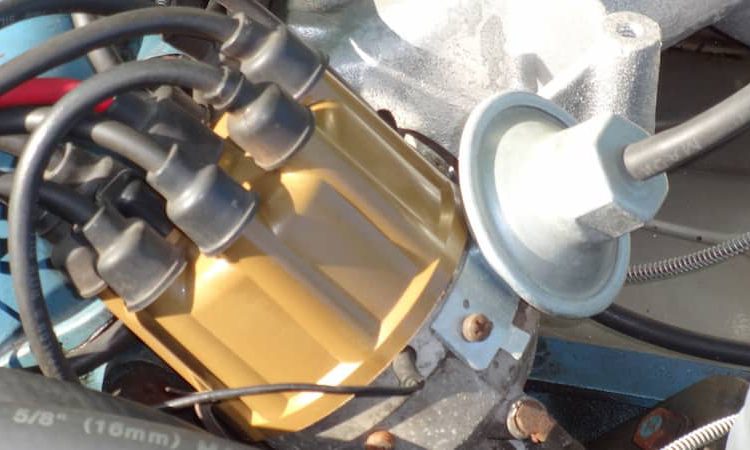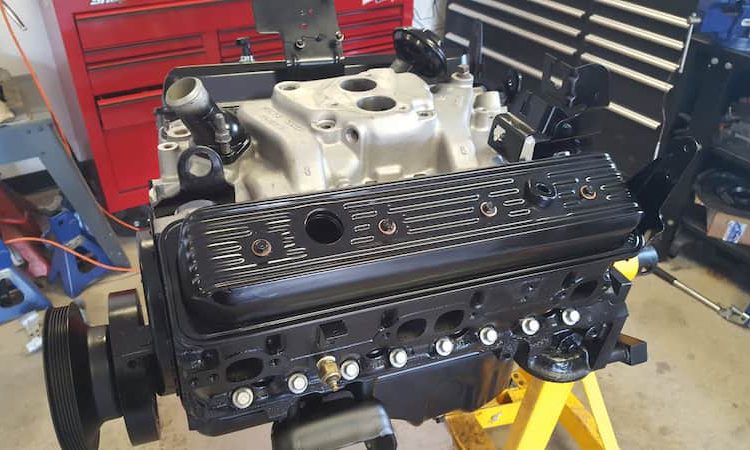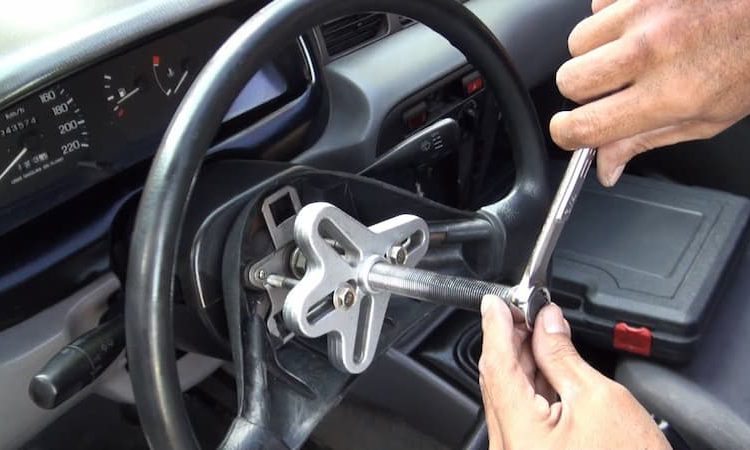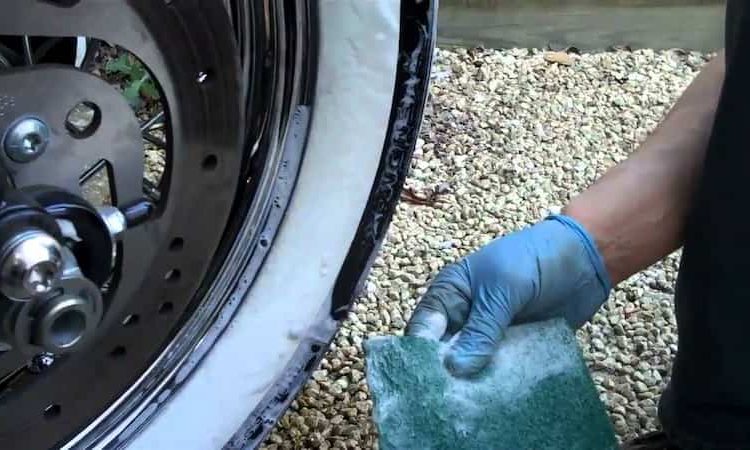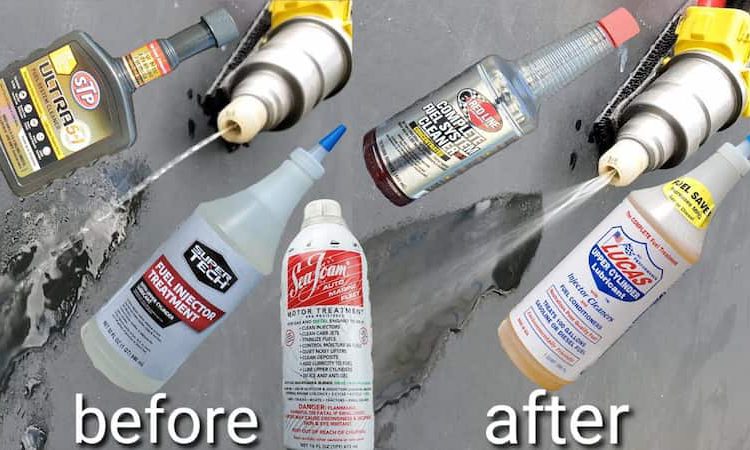It would be dangerous if we used a vehicle that lacks the necessary features to control and keep yourself safe while operating because of the battery problem. To ensure that nothing terrible happens, you will need to recondition a car battery as soon as you notice any signs that it can no longer hold power.
Toc
So, how to recondition a car battery that won’t hold charge?
If you do not know how to operate correctly, today’s article will guide you as detailed and intuitively as possible.
Why We Need Reconditioning Car Batteries
Often people wonder why we should try to restore a damaged battery instead of throwing it away and buying another product from a quality manufacturer like Duralast Battery to replace it.
However, if you look closely, it is easy to see that recovery offers more benefits than throwing away and replacing it with a new product.
The most significant advantage of recovery is that it saves you a lot of money. Because we will have to spend a large amount of money to buy a new battery pack and in addition to the labor cost to remove the old battery pack and install new parts.
As for those who choose the method of renewing the battery, you will only need to care about the cost of the tool.
In addition, the fewer batteries that are released into the environment, the lower the risk of metal leakage and negative impacts on nature. In other words, renewing each storm has a significant contribution to reducing the effects of environmental pollution.
Why Won’t My Car Battery Hold a Charge?
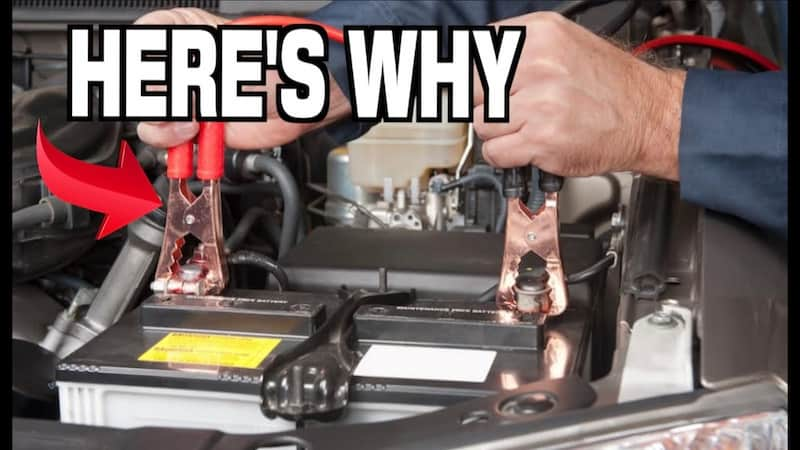
As with many other car components, batteries often have more than one reason they don’t work as designed or intended.
So you will have to take a close look at some of the most common integers below first and then come up with a suitable solution.
- Batteries are old and need replacement: All components, including batteries, will have a shelf life to ensure the internal structures do not deteriorate too much. Although you can renew the battery in most cases, there are times when it is necessary to replace it if the battery is too old.
- Bad alternator: A malfunctioning diode in a generator has a high chance of silently sucking all the electricity you put into the battery. With built-in, Diodes only allow current to flow in one direction, but a lousy diode will keep the charging circuit open even when the motor is not running, resulting in battery death.
- Mechanical charging problem: The problem can come from the charging tabs rather than the battery itself. At this point, the simplest solution is to have the contacts checked and replaced on the battery and your vehicle.
- Lights and other accessories stay on, leading to battery drain, especially with high wattage bulbs like 9006 vs 9012 Led Bulb 390.
Materials Needed for Reconditioning
To operate correctly and safely, you must prepare the following tools. In addition, unique renewal methods also require special tools that you will need to prepare.
- Protective equipment such as chemical resistant gloves, goggles, and aprons
- Two big buckets
- Chimney
- Flathead screwdriver
- Steel wool or battery terminal cleaner
- Toothbrush
- Voltmeter
- Charge
With the salt method, you will need
- 1 pound Epsom salt
- 1 pound of baking soda
- 1 gallon of distilled water
Safety Precautions You Need to Consider
Just like the car cannot operate without a heat shield, you can also work with batteries without safety measures.
Because batteries are inherently a mixture of many different chemicals and current flows, operating in an untested state will be hazardous and prepare all the operations below.
- Ensure you are in an open or well-ventilated area when you repair the battery.
- Wear gloves to prevent any substance from the battery from getting on your skin. It can lead to irritation and possible burns.
- Wear goggles to protect your eyes and flip flops to avoid becoming a conductor
- To protect your clothes, you can wear an apron to avoid splashes from the battery.
How To Recondition A Car Battery That Won’t Hold Charge?
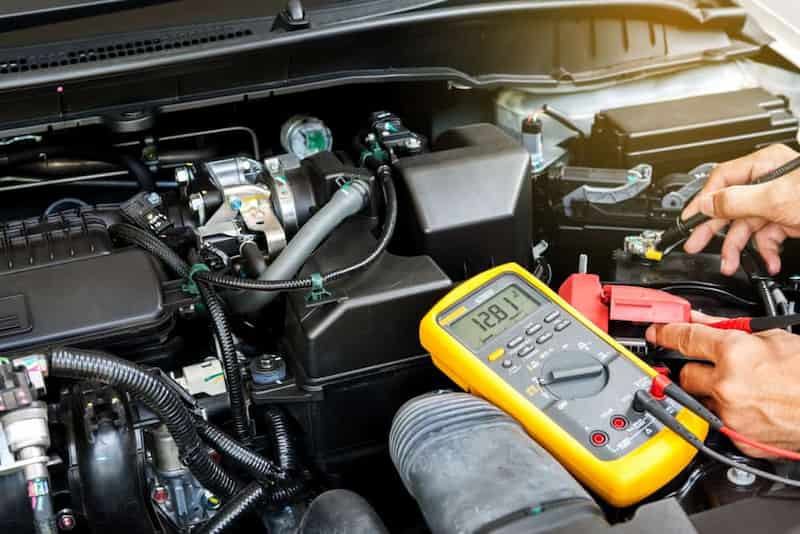
+Using Epsom Salt and Distilled Water
- Step 1: Clean car battery posts by placing a cylinder cleaning tool on each battery post.
- To avoid stains that can reduce the performance of the solution and adversely affect the operation of the battery, you need to clean it thoroughly, especially with the battery port.
- Step 2: Next, you need to pour out all the excess acid inside the battery. Unlike engines with a predetermined number of spark plugs, different batteries can have multiple acid reservoirs.
- Step 3: You will need to prepare a salt mixture to replace the acid in this step. Add about 250 grams of baking soda and one gallon of distilled water, and then mix the baking soda and distilled water until completely dissolved.
- Step 4: Fill the old acid chambers with freshly prepared solution, then fasten and shake vigorously. After you have done the above operations, pour out the salt mixture. It should be noted to avoid leaving the salt solution back.
- Step 5: Mix Epsom salt with distilled water in a bowl. Then pour one tablespoon of the mixture into each battery cell in turn. Make sure the mixture doesn’t overfill your battery cells. Make sure you don’t put in too much.
- Step 6: Plug in the charger and wait.
+Using Smart Battery Chargers
- Step 1: Prepare the charger and remove the battery guards and find the clean port.
- Step 2: Attach the red clamp to the anode and the black clamp to the battery’s negative terminal, then start the charger and wait.
- Step 3: After the battery is full, quickly remove the charger to avoid overcharging
+Using A 200A Charger
- Step 1: You need to connect the red clip to the positive pole and the black to the negative pole of the battery, then turn on the charger and let the charger work for about 15 minutes.
Then let the battery rest for about 45 minutes
- Step 2: Check if the voltage is above 12.6V or not. If not, then repeat the process a few more times.
Frequently Asked Questions(FAQ’s)
+Does putting aspirin in a battery work?
The acetylsalicylic acid will combine with the acid in the battery and increase the charge in the battery. The water will help restore the electrolyte in the storm. Thereby re-activating the ability to supply energy.
+Can you add acid to a battery?
The battery will only consume water and not sulfuric acid during regular operation, so adding acid is dangerous and of little use.
+Can you rejuvenate a lead-acid battery?
As long as the spent lead-acid mixture is mechanically functional, the sulfated battery can be revived
Conclusion
Through the valuable information in today’s article, we hope you have gained the knowledge to make it easier to revive dead batteries, reducing costs and protecting the environment.


